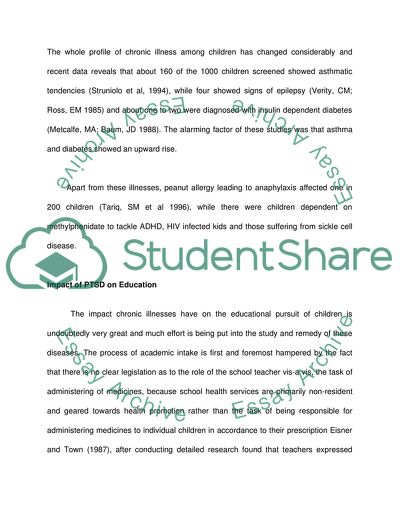Cite this document
(The Impact of Chronic Illness on Children and Recovery From These Research Paper, n.d.)
The Impact of Chronic Illness on Children and Recovery From These Research Paper. Retrieved from https://studentshare.org/health-sciences-medicine/1719511-how-chronic-illness-effects-pupils-education
The Impact of Chronic Illness on Children and Recovery From These Research Paper. Retrieved from https://studentshare.org/health-sciences-medicine/1719511-how-chronic-illness-effects-pupils-education
(The Impact of Chronic Illness on Children and Recovery From These Research Paper)
The Impact of Chronic Illness on Children and Recovery From These Research Paper. https://studentshare.org/health-sciences-medicine/1719511-how-chronic-illness-effects-pupils-education.
The Impact of Chronic Illness on Children and Recovery From These Research Paper. https://studentshare.org/health-sciences-medicine/1719511-how-chronic-illness-effects-pupils-education.
“The Impact of Chronic Illness on Children and Recovery From These Research Paper”, n.d. https://studentshare.org/health-sciences-medicine/1719511-how-chronic-illness-effects-pupils-education.


